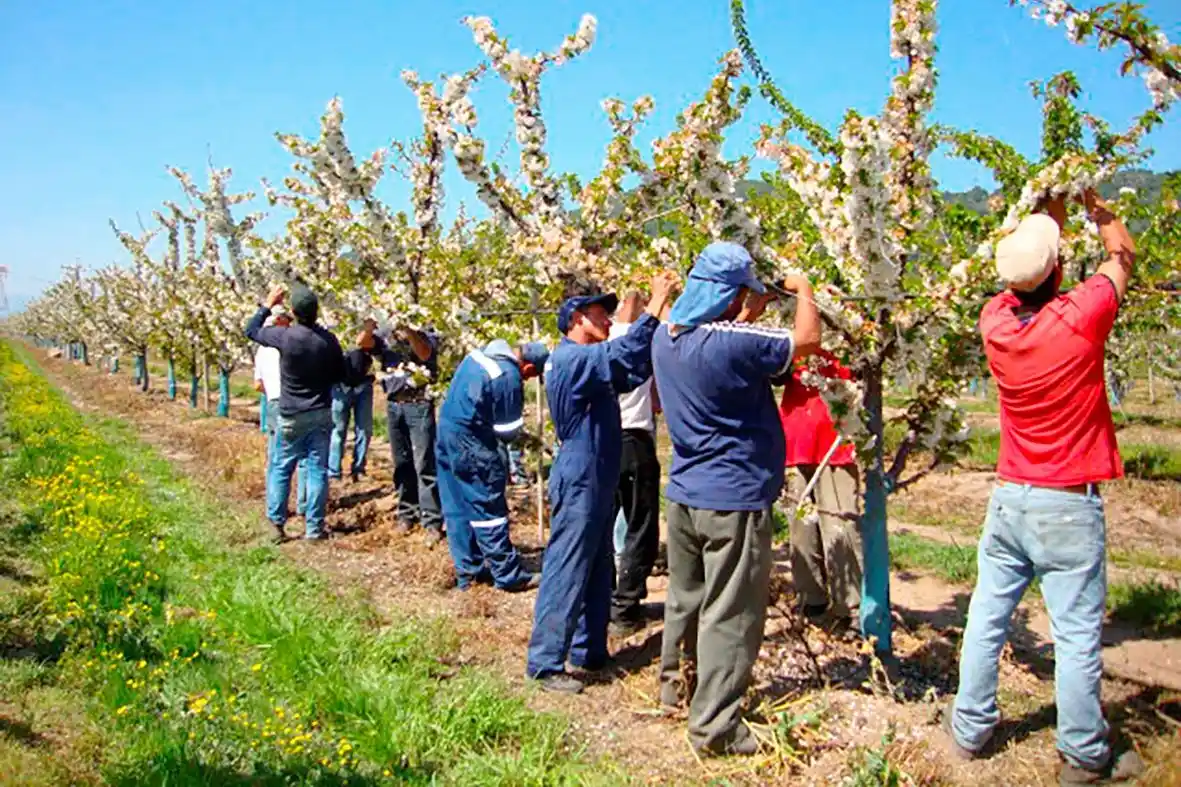The new season of cherries in Apulia is set to start between May 5 and 10, with modest expectations on volumes but very high on quality. Words from Vito Tricarico, commercial director of Tricarico’s Cherries.
Early blooming and unpredictable weather
The mild winter that characterized Apulia advanced the blooming of the cherries, but the sudden cold snaps in recent weeks have challenged several crops, exposing the sector to the well-known challenges of climate change.
It’s a recurring scenario: farmers forced to chase increasingly unpredictable weather and varieties struggling to adapt.
To capture the state of the art, CherryTimes.it interviewed Vito Tricarico, head of the historic company Tricarico’s Cherries from Casamassima (Bari), founded in 2004 and specialized in the main local cultivars: from the early Bigarreau and Giorgia, to the mid-season Star and Sweet®, up to the iconic Ferrovia, symbol of Apulian cherry growing.
Forecasts 2025: early varieties promising, Ferrovia alarm
Early varieties like Bigarreau, Grace Star, and Giorgia are promising both in terms of quantity and quality.
The situation is different for the Ferrovia: “Production will be reduced,” explains Tricarico, “not so much because of the recent cold, but due to the lack of winter chill hours needed for bud development.”
About 700 hours below 7°C (44.6°F) are needed, a goal now difficult to reach in increasingly mild winters. Making things worse, pollination problems have further reduced the number of fruits.
From a commercial point of view, however, not all is lost. “When volumes drop, quality often increases: larger and tastier fruits,” explains Tricarico, “but to get confirmation, we await the start of the harvest in May.”
A market that rewards short supply chains
Despite the difficulties, the Apulian supply chain maintains its appeal, thanks also to innovative sales models.
Tricarico’s Cherries has bet on direct sales and on purchasing groups in cities like Rome, Perugia, and Ancona: “A system that allows us to tell the product’s story and guarantee high perceived quality.”
It should be noted, however, that in recent years many Apulian cherry orchards have been abandoned, mainly due to production causes: hailstorms, pests like Drosophila suzukii, irregular blooming, and, of course, climate change.
Paradoxically, this scarcity feeds demand, rewarding those who manage to stay competitive.
Looking to the future: varietal innovation
The key word for the sector’s revival? Innovation. “We are already testing new varieties with more flexible climatic needs,” says Tricarico, “such as Nimba® and Royal Tioga® for the early ones, Sweet Lorenz® and Sweet Gabriel® for the mid-season, and Grace Star.”
For Ferrovia, however, it will not be easy to find a worthy substitute: the identity of this variety is too strong in the market, but climate change makes it necessary to start exploring alternatives.
The bet is clear: those who can innovate, not only in terms of varieties but also in management, will not only survive but grow and relaunch the cherry sector in Apulia and Italy.
A European perspective
The Apulian case reflects dynamics also common to other Mediterranean regions, such as Spain and Greece, where production faces similar climatic anomalies.
This context makes it urgent to reflect at the European level on support policies and varietal research, to safeguard a product that is a symbol of our agri-food sector.
Source: fruitjournal.com
Image source: Cookist
Cherry Times - All rights reserved












